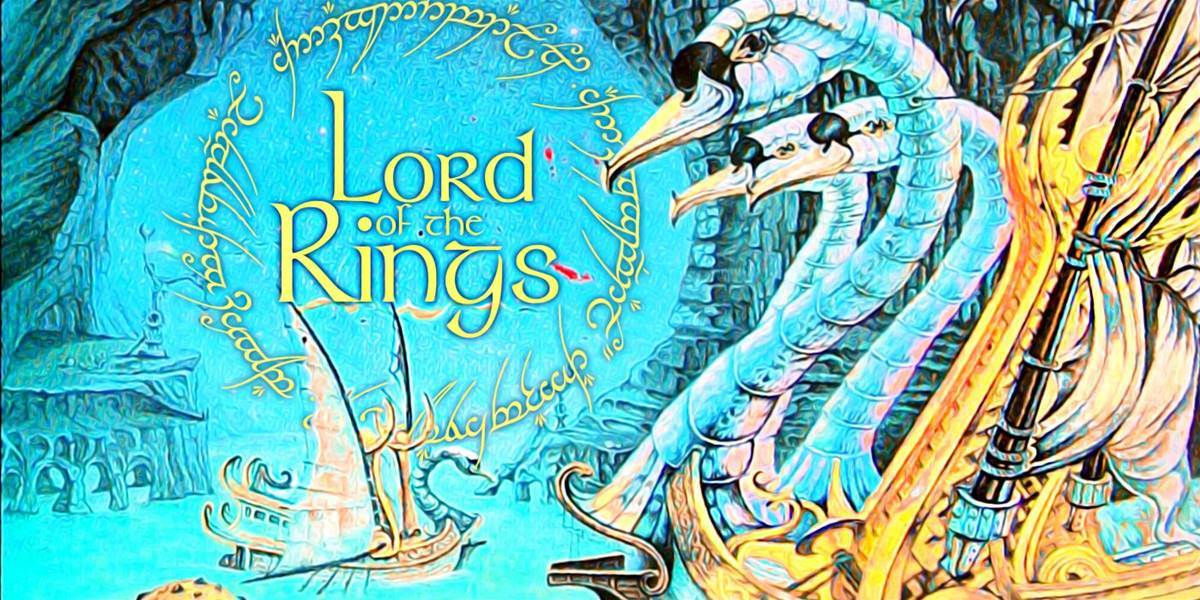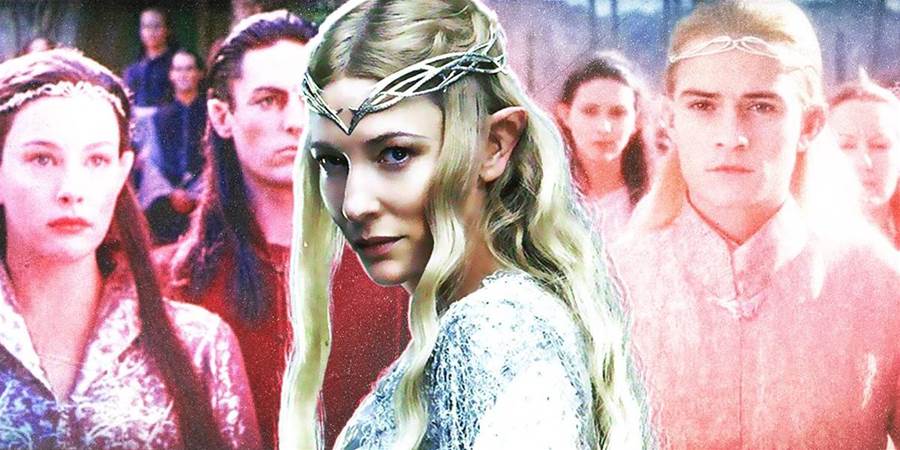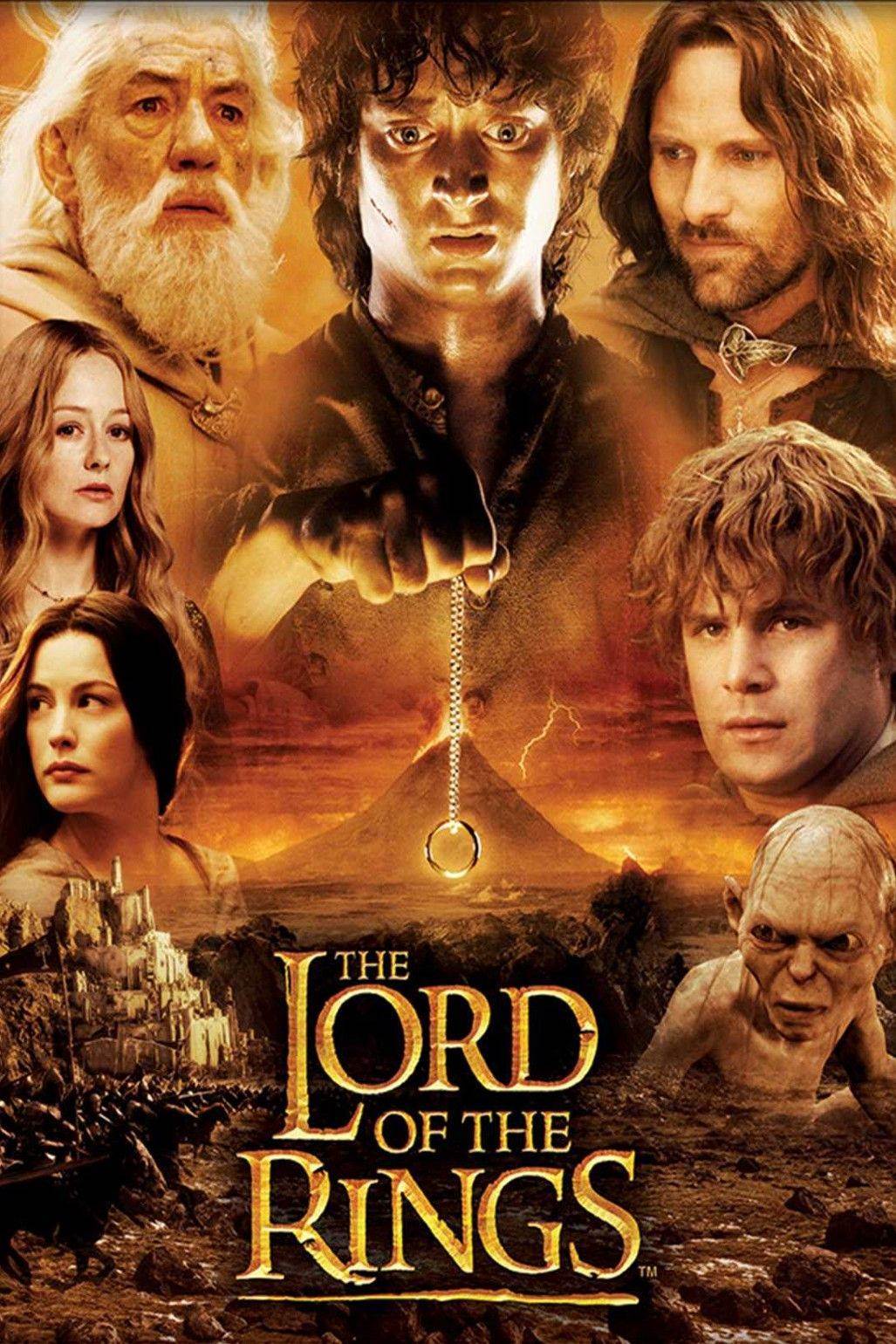
Throughout the entirety of franchise, there are a vast multitude of treasures that both motivate and tempt its heroes and villains alike. From the hoard of gold that Smaug guarded for decades to the Arkenstone that would prove Thorin Oakenshield's right to rule. Even the weapons wielded by the book's heroes are often lost treasures of bygone eras, forged from enchanted metals and carrying entire histories within them. Yet, no treasure has more power within the minds of mortals and immortals alike than that of the Silmarils.
These three ancient gems aren't just a representation of the power of greed but also a cautionary tale about how the love of treasure can lead to ruin and even endanger the world.
Despite this, hope can be found within these gemstones as well. For within them lies the promise of Middle-earth's rebirth following its darkest hour. To understand the temptation and ultimate destiny of the Silmarils, though, one must first know their origins and how the ambition and covetousness of one Elf led to a war and then, eventually, the salvation of all.


The Silmarils were gems unlike any in existence. Crafted by the Elf Feanor, King of the Noldorin Elves, they were infused with the light of the Two Trees of Valinor, prior to the creation of the sun and moon. In many ways, the trees, and now the gems, carried the hope of what Arda could be one day. The gems themselves gained their name from the material that housed the light within them, silima. None but Feanor knew what the material was made from, and there exists a prophecy that states he will reveal it one day. For now though, that mystery remains unsolved, and the Jewels of Feanor contain the light of the trees still.
Letting that light out began the first conflict over the gems' existence. Feanor was proud of his most notable creations, often wearing them for others to look upon, but as he began to mistrust his kin more and more, he kept the Silmarils hidden away from the world, thinking they only wished to steal them from him. Then, tragedy struck when , aided by the spider Ungoliant, destroyed the Two Trees of Valinor, plunging the world into darkness.
Desperate, the Valar beseeched Feanor to break open the Silmarils and use the light within it to restore the trees. Feanor, ever covetous of his gems, refused a decision that would lead to millennia of conflict.
For the Valar were not the only ones who desired the gems. Morgoth also craved them and stole them after killing Feanor's father, Finwe, where he then fixed them within his iron crown. This earned Feanor's ire, causing him and his sons to make a vow that would haunt not just Morgoth but the Elves for generations to come.

As Tolkien once said, "All that is gold does not glitter," The gems, while beautiful and undoubtedly valuable, were ultimately the source of much suffering when the First Age of Middle-earth began.
The vow that Feanor and his sons made to wage war on any who held a Silmaril and did not return it to them, would cost the Elves dearly. Five battles were fought by the Noldor to retrieve Feanor's lost treasures, but ultimately, they were defeated by Morgoth. By the end of it, the Elves even turned on one another in order to honor Feanor's vows, resulting in instances of kinslaying. All for three jewels that Feanor refused to let be possessed by anyone save himself.
Through great danger and loss, the Silmarils were eventually recovered from Morgoth, one by one, but they never found their way back to Feanor.
The first was found by Beren, a hero of Men who returned the gem to Valar as an act of repentance. The Valar then set the Silmaril into a star in the sky known as . This was done to safeguard the future, ensuring that when the need for the Silmarils returns, they will know exactly where one of them is. Interestingly, nothing yet revealed could break open the gems, yet clues within the text hint that the Valar had a way, or at the very least, knew what was necessary for such a feat. The hope was that should the Simarils be reunited by the forces of good, then there was a chance for Arda to be returned to what it was always meant to be.
Unfortunately, the vow of Feanor and sons still held. Two of his sons, Maedhros and Maglor, recovered the remaining two gems. Their victory was short-lived, though. Long before the war, the Silmarils were hallowed so that unworthy hands could not grasp them, and despite being the sons of their creator, despite having fought and lost so much to acquire them, the sons of Feanor could not hold the silmarils in their hands, for it burned their skin to make contact with the gems. They were no longer worthy to wield them and had not been for some time.
In their despair over this, the two Elves disposed of their gems.
Maedhros dove into a fiery pit beneath the earth with his Silmaril, and Maglor threw his into the sea. The Silmarils were lost to different parts of the world, the land, sea, and sky, and the grief and loss left behind in search of them continued to affect the peoples of Middle-earth for years to come.


Despite all this, there is some hope for the future.
that states the Silmarils will be reunited one day and be used to heal the world. In a prediction regarding the final battle for all of Arda, the Dagor Dagorath, Morgoth, will return once more to claim Arda for himself. However, evil will not be the only force to rise up on that day. Many heroes of Arda's past are destined to return as well, Feanor among them.
The prophecy predicts Morgoth's final defeat, but more than that, his death is the herald for the restoration of everything Arda was meant to be. The Valar are reported to find and reunite the silmarils. On this day, Feanor will do what he should have done millennia ago and break open the gems, releasing their light and allowing the Two Trees to be fully restored.
With them, of eternal bliss will begin. The world of Arda shall be remade as a second song , one free of Morgoth's corruption, will begin, ushering in a world where no one will suffer.
In this prophecy can be seen a hope for the future. The Silmarils are both a cautionary tale and one that offers redemption. Feanor made a mistake because he let his greed override his better judgment, even when he was finally pushed to take up arms against Morgoth; it wasn't for righteous reasons but for revenge and to reclaim what had been stolen from him. That decision led to the deaths of countless Elves and destroyed Feanor's family with a foolhardy vow that turned Elf against Elf.
Yet, in his greatest folly can also be found a chance at redemption. It is no coincidence that it is Feanor who breaks open the Silmarils in the prophecy after being gifted them by the Valar. It demonstrates that he learned from his mistakes, no longer infuriated by someone else holding his creation, and having the wisdom and generosity to let go of the gems for the good of all. The Silmarils were very much the herald of a changing world, once for the worse and, in the future, for the better.




















